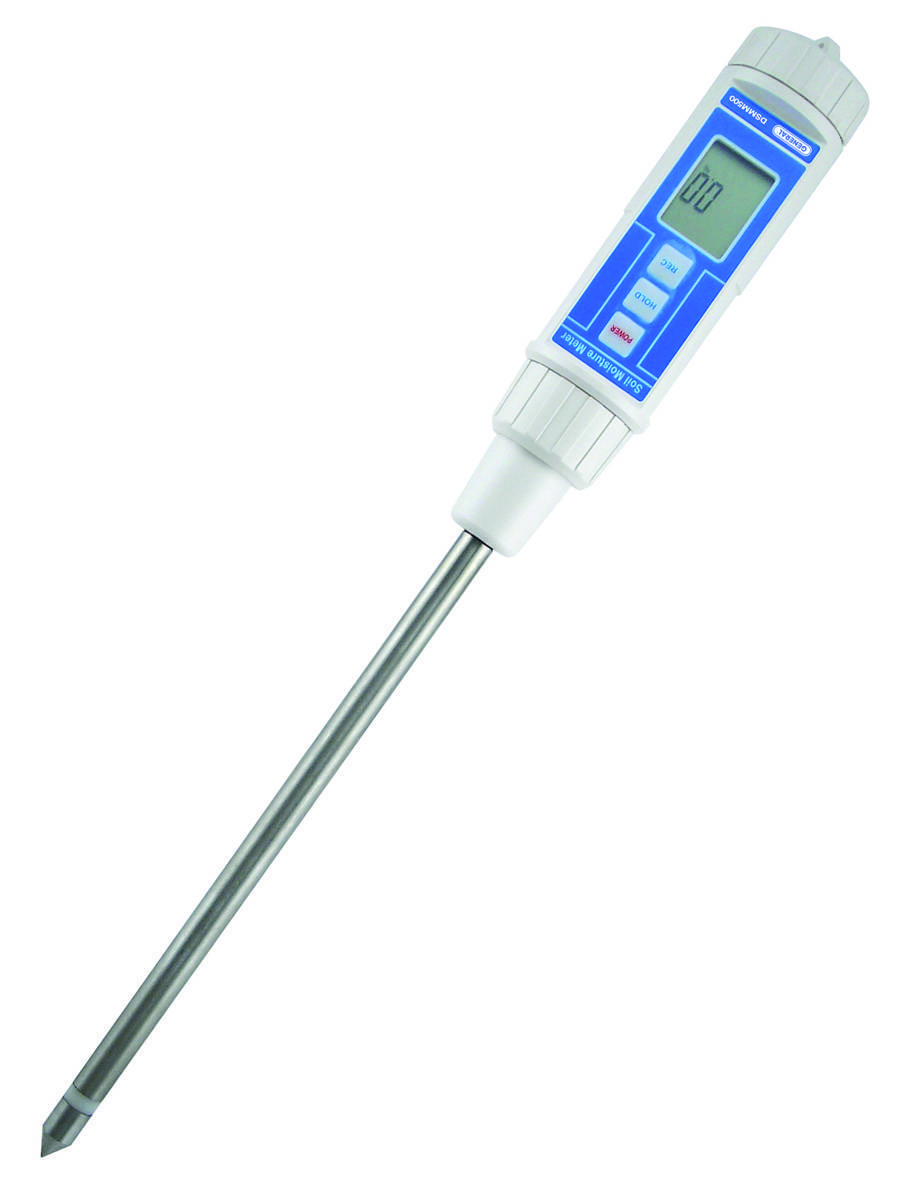Look Into the Globe of Moisture Meters: Every Little Thing You Need to Know
In the realm of dampness meters lies a globe of accuracy and usefulness that frequently goes undetected. Recognizing exactly how moisture meters operate, the different types offered, and their varied usages can drop light on their relevance in making certain top quality and performance.
Just How Moisture Meters Work
Moisture meters operate by measuring the electrical conductivity or capacitance of materials to establish the wetness web content present. These meters are important tools across different markets, including woodworking, farming, and construction. By making use of different methods such as pinless or pin-type modern technology, wetness meters provide precise readings that help experts make notified decisions.
Pin-type dampness meters function by putting the sharp pins into the product being checked. The electrical conductivity between the pins is after that gauged, with greater dampness degrees causing boosted conductivity. Moisture Meter. On the other hand, pinless dampness meters utilize electromagnetic signals to scan a larger location without causing any kind of damage to the material's surface. These meters are optimal for rapidly examining dampness degrees in huge locations or finished items.
No matter the technique utilized, moisture meters play an important duty in preventing issues such as mold development, structural damages, or product issues brought on by excess dampness. Recognizing how these meters job is essential for making certain the high quality and honesty of materials in different applications.
Kinds of Moisture Meters
Offered the critical role wetness meters play in various sectors, it is essential to comprehend the various types offered to experts for properly examining wetness degrees - Moisture Meter. There are primarily two major types of dampness meters: pin-type and pinless wetness meters

On the other hand, pinless dampness meters make use of electromagnetic sensing unit plates to scan a larger area of the product without triggering any type of damage. This kind is ideal for swiftly scanning huge areas and is frequently used for floor covering, wall surfaces, and ceilings. Pinless meters are practical for taking readings on completed surfaces without leaving any type of visible marks.
Both kinds of dampness meters have their advantages and are chosen based upon the details demands of the work handy. Comprehending the distinctions in between these types is critical for experts to make accurate wetness analyses.
Applications Across Industries
Building and construction experts depend on dampness meters to examine the moisture levels in structure materials like wood, concrete, and drywall, which is crucial for keeping structural honesty and stopping problems like rot or mold. The flooring industry makes use of moisture meters to gauge the wetness material in subfloors before mounting different floor treatments, preventing pricey problems due to excess wetness. In the food sector, dampness meters are made use of to keep an eye on and manage moisture levels in site web items such as grains, nuts, and dried fruits to preserve quality and high quality.
Tips for Making Use Of Moisture Meters
When more helpful hints determining the moisture content in various materials,Utilize the dampness meter's calibration setups to make certain exact readings. Calibration is crucial for the appropriate performance of a wetness meter. Before each use, it is advisable to check and readjust the calibration setups according to the details material being checked. In addition, ensure the meter is established to the right wetness variety for the product you are determining to obtain one of the most specific results.
When using a pin-type wetness meter, insert the pins to the appropriate depth recommended for the product being checked. This guarantees that the moisture analyses are drawn from the appropriate deepness within the product, giving a much more accurate representation of its moisture web content. For pinless dampness meters, keep in mind to preserve proper contact with the product's surface to get dependable readings.
Consistently check and replace the batteries in your wetness meter to protect against imprecise analyses due to reduced power. Store the meter in a completely dry and secure place when not being used to lengthen its life-span and keep its precision. By adhering to these pointers, you can take full advantage of the performance of your wetness meter and obtain exact dampness web content measurements throughout different products.
Upkeep and Calibration
To make certain the precision of wetness web content dimensions, routine maintenance and calibration of the wetness meter are vital actions in its correct functioning. Maintenance involves keeping the moisture meter tidy and totally free from debris that could impact its readings. It is crucial to adhere to the supplier's standards for cleaning up to avoid damage to the tool. Furthermore, routine calibration is required to verify the accuracy of the analyses. Calibration adjusts the dampness meter to make certain that it gives reliable and regular results.
Calibration must be performed occasionally, specifically if the moisture meter is utilized often or in critical applications where precise dimensions are called for. By maintaining and calibrating the moisture meter on a regular basis, customers can trust the precision anchor of the dampness material measurements obtained.
Final Thought

In final thought, moisture meters play a vital duty in different sectors by precisely gauging the dampness content of products. Comprehending exactly how these tools function, the various types available, and correct maintenance and calibration are essential for obtaining trusted outcomes. Whether in building and construction, production, or agriculture, making use of wetness meters assists ensure quality control and effectiveness in procedures.

In verdict, wetness meters play an essential duty in numerous industries by properly measuring the moisture material of products.
Comments on “The Ultimate Overview to Picking the Right Moisture Meter for Your Demands”